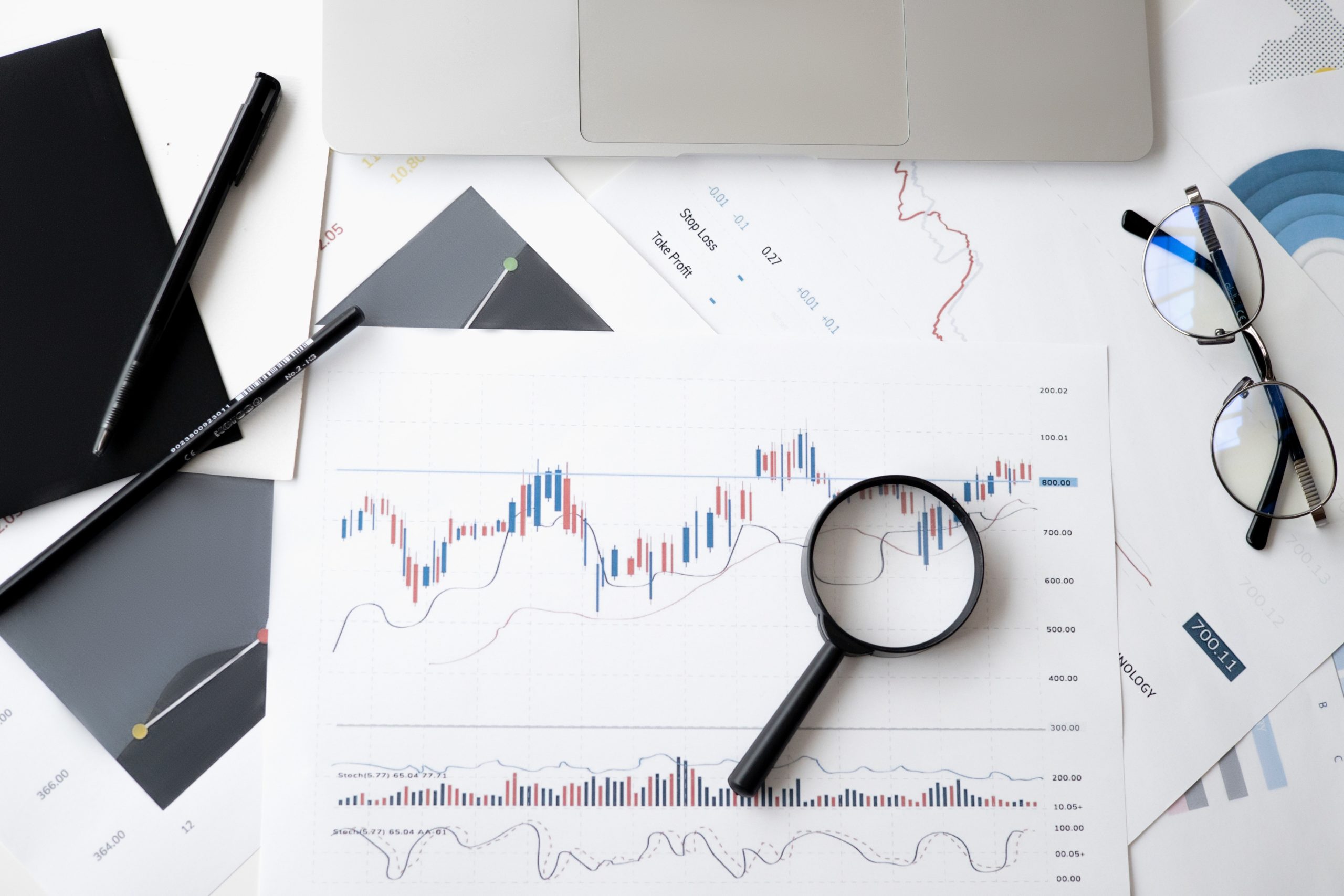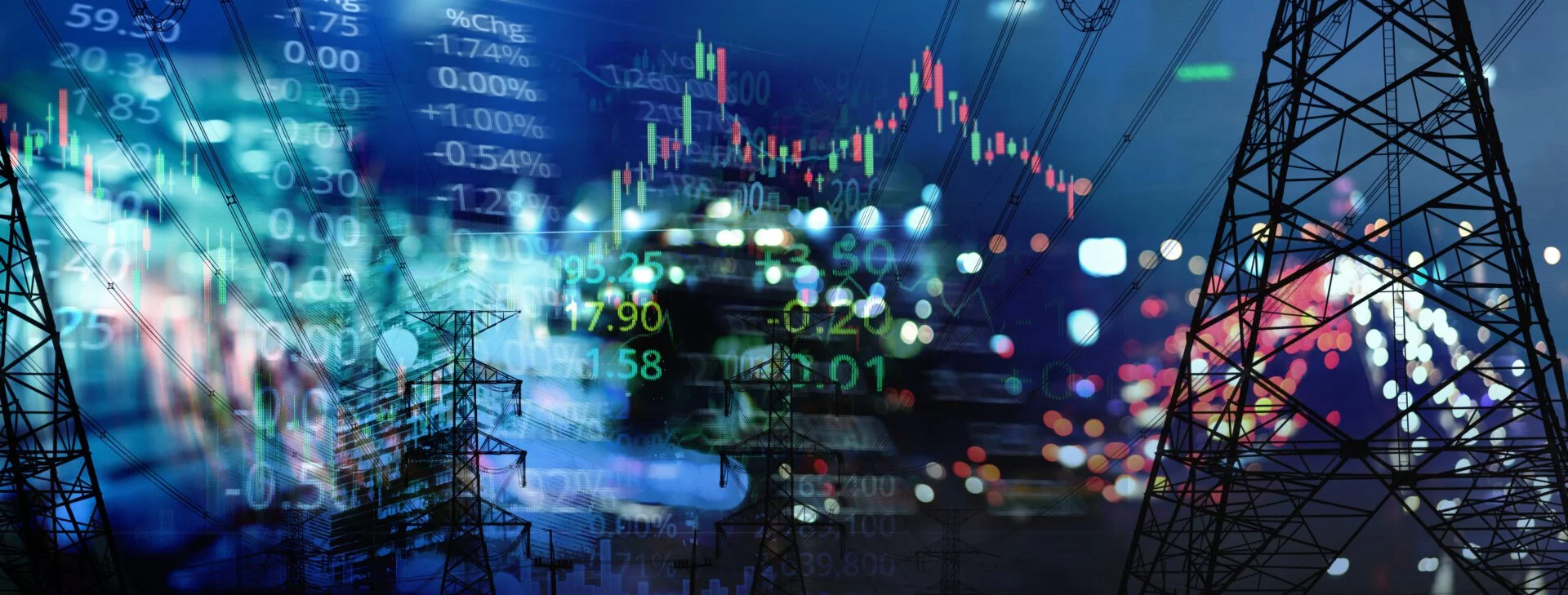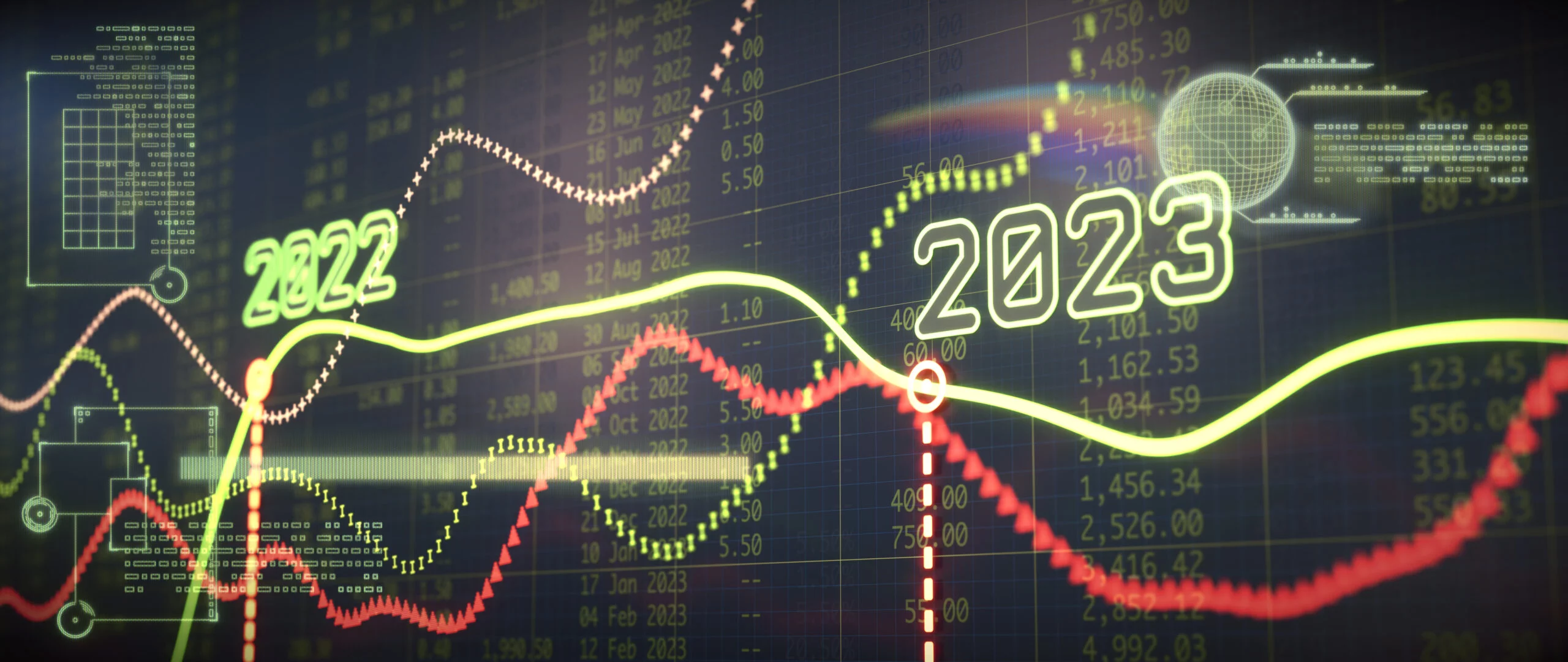Using a variety of means, utility providers work diligently every day to keep the grid in equilibrium. Predicting future energy demand is complex in and of itself, but has become increasingly complicated by evolving distributed energy resource (DER) technologies and the erratic weather conditions and temperature extremes symptomatic of climate change. Fortunately, demand forecasting software is available to help utilities address these uncertainties. With the right load forecasting technology, utilities can increase their grid resiliency and flexibility, while significantly reducing costs.
What is Load Forecasting?
Load forecasting is the process of predicting a future event, outcome, or trend based on historical and probabilistic data. This data is employed by electric utilities for both long-term planning decisions as well as short-term operational decisions. Forecasts can range from demand forecasting, which predicts energy consumption over the next few hours, to trying to longer term predictions regarding energy consumption years in advance.
Common Methods of Load Forecasting
There are numerous methods for energy forecasting, each useful for different scenarios. These models include diffusion, linear regression, logistics growth model, and more. The actual techniques used for demand forecasting include personal experience by an expert, data-driven models, and combinations from either category. Forecasting models are developed to manage many potentialities, ergo the need for more than one method to predict future energy needs. For the purpose of this introductory article, we’ll take a global view on load forecasting rather than digging into the specifics of anyone or the other forecasting methodology.
Integrated Resource Plans (IRP)
An integrated resource plan (IRP) is generally the longest duration forecast, with a prediction horizon (the duration into the future of the forecast) of roughly 20 years that gets updated every few years (e.g., every 2 or 3 years). IRPs predict long-term energy consumption and present a plan to supply that forecast with the lowest-cost resource mix that provides reliable service.
Short-Term Planning
On shorter time horizons, ranging from a day in advance to a year in advance, a utility can use forecasting to fine-tune their energy supply agreements/contracts. The longer the forecast horizon, generally the less accurate the demand forecasting is due to an increased potential for uncertainties; too many variables complicate any equation. A utility accounts for this by adjusting the energy purchased to meet consumption for a given day as that day approaches (e.g., when the day is one year out, one month out, one week out, and one day out).
Preparing For Programmatic Events
Demand forecasting can also be used to help inform operational decisions, such as whether to call a demand flexibility event later in the day. Apart from overall energy consumption, load forecasting can be used to predict anything that a utility uses within its decision-making processes, such as solar generation, wind generation, and prices for products in energy markets.
3 Means of Load Forecasting With Data
Data-driven solutions include analyses of a time series, machine learning methods, and neural networks (a subset of machine learning). Time series modeling attempts to capture a range of effects in the historical behavior of the quantity being forecast, to determine how a trend may play out in the future. An example of time series analysis is a SARMA model that captures the Seasonal, AutoRegressive, and Moving Average components of a time series.
Machine learning models for load forecasting vary widely but include methods based on regression. Regression methods use a set of input features (data that try to “explain” the outcome in the target value) to predict the target value given a model form (e.g., a linear relationship between input features and target value). This method then employs historical input feature data and target value data to compute optimal parameters for the model. The objective of machine learning regression methods is to best determine which factors are the most valuable to your project.
Neural networks are a subset of machine learning methods that attempt to mimic the human brain through interconnections of nodes. Like the human brain, neural networks operate nonlinearly to better process complex data sets. They use input features, a model, and computed parameters to generate predictions, where the computed parameters are based on historical input features and outcomes.
Beyond the three demand forecasting strategies enumerated above, there are several more forecasting methods each with its own unique different benefits. These other popular forecasting methods include support vector machines (SVMs) and random forests, formulas that take a different approach to find the right prediction.
Load Forecasting Conclusion
How a utility implements demand forecasting depends largely on its resources, energy purchasing habits, and regulatory restrictions. For utility providers exposed to widely differing energy prices, demand forecasting is critical in determining projected future needs over multiple timeframes. While, utility providers with non-variable energy contracts —agreements wherein the cost of energy is relatively fixed— likely have little incentive to perform detailed forecasting, prosumer-driven tech disruption, from distributed energy resources to electric vehicle (EV) charging, may ultimately upset that paradigm.
Ultimately, the regulators governing the utility have the final say on what forecasting must be done. If the regulators demand an IRP, for example, the utility must develop an IRP. As load forecasting is a key function for many utilities, there are many approaches to generating accurate predictions that can have huge implications for the utility.






